Experience High-Quality Lighting with LED Indy
We cover a wide variety of industries to provide the best electrical services for whatever you need.
Our Partners
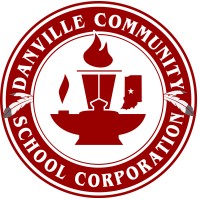


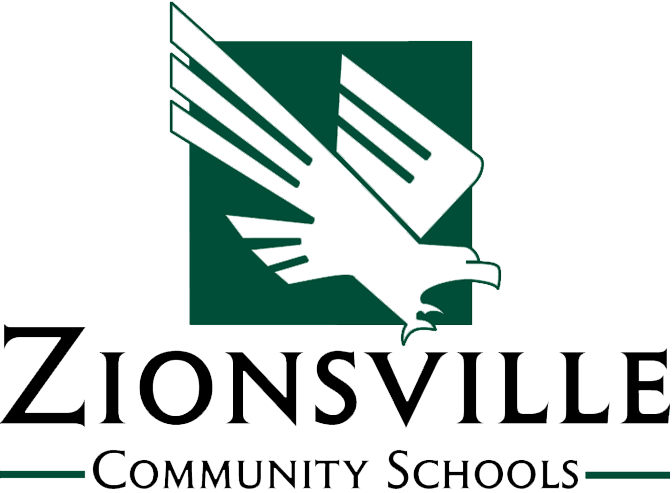



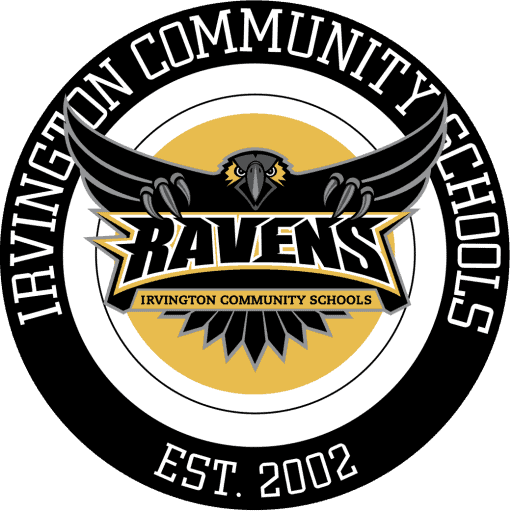
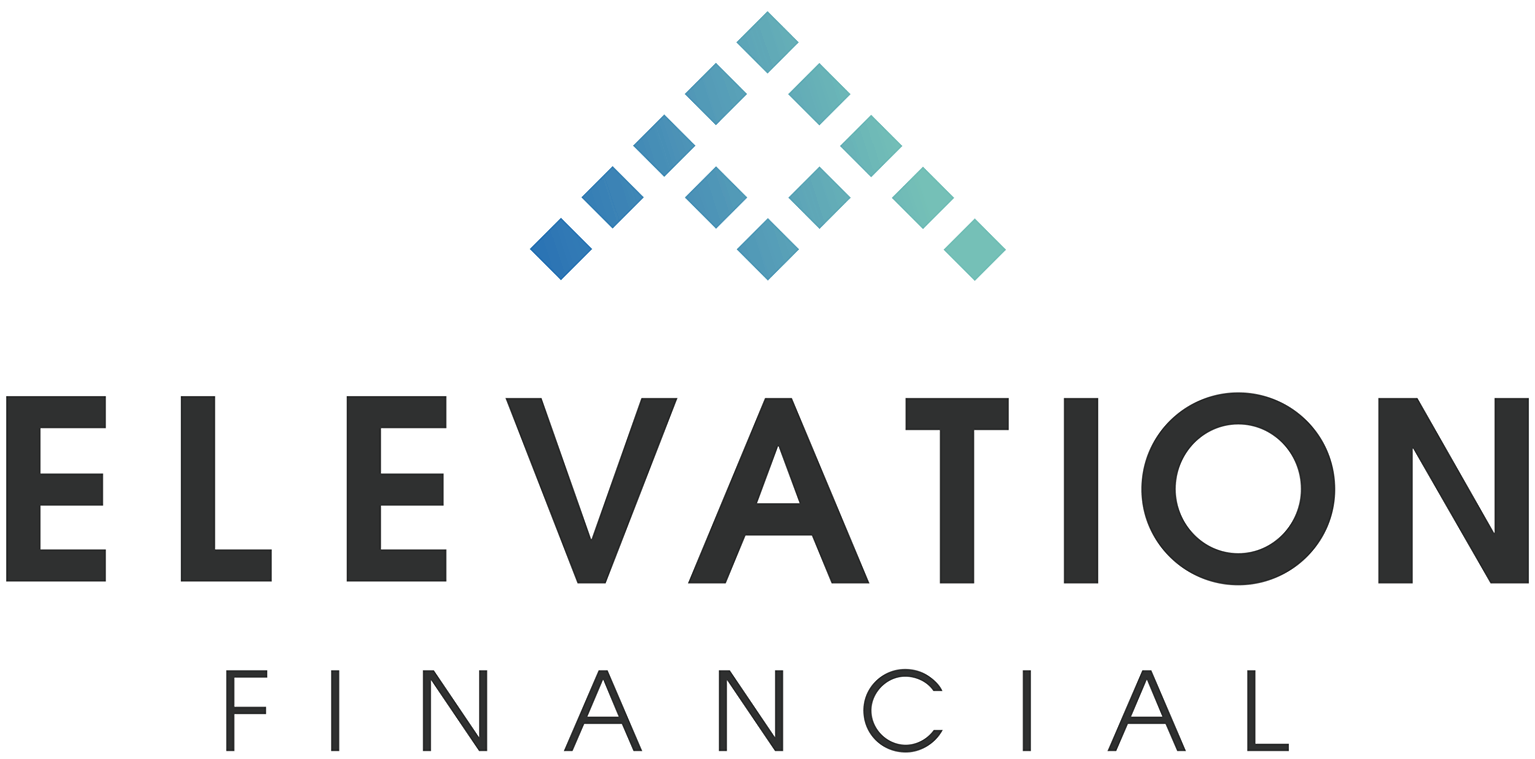
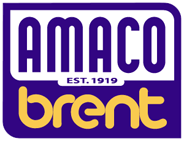





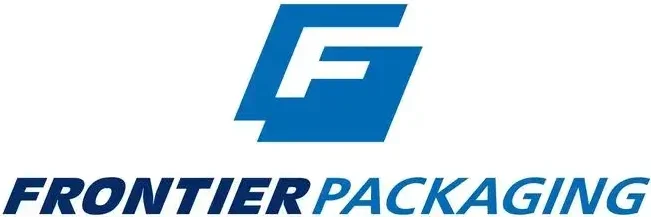




How We Serve You
As a commercial electrical contractor, we focus on lighting and electrical work for our clients. However, we’ve also expanded into the electronic vehicle space to provide charging stations as our world progresses towards electric transportation.
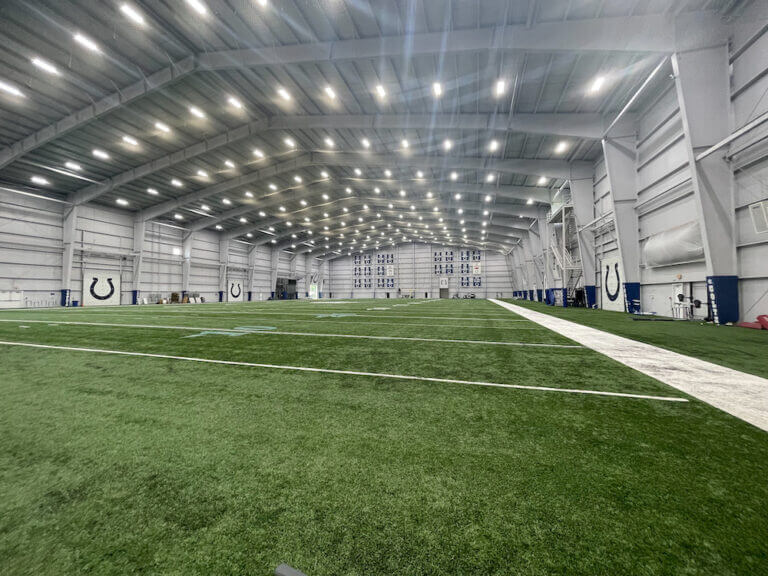
Lighting
From retrofitting existing buildings to lighting design for new construction, LED Lighting is our specialty.
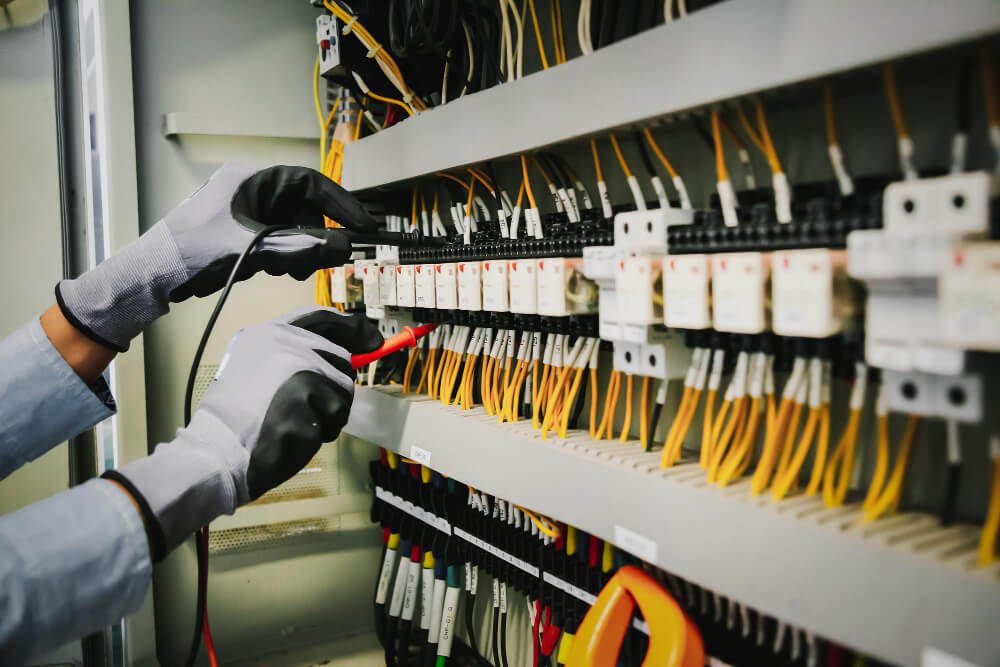
Electrical
Our Master Electrician and licensed contractors can help you with any electrical work you need.

EV Charging Stations
Need an electrical vehicle charging system for your home or business? We can help.
What We Do
We are a commercial electrical company specializing in customized LED lighting solutions for businesses, organizations, and industries. We offer a range of products and services to improve energy efficiency, reduce maintenance costs, and enhance the aesthetic appeal of commercial spaces.
What We Do
We are a commercial electrical company specializing in customized LED lighting solutions for businesses, organizations, and industries. We offer a range of products and services to improve energy efficiency, reduce maintenance costs, and enhance the aesthetic appeal of commercial spaces.

Reduce Energy and Maintenance Expenses

Maintain, Upgrade, and Install New Electrical

Our project managers ensure the job is done to your satisfaction
This is Why You Choose Us
We prioritize customer satisfaction and strive to exceed expectations with our excellent customer service, timely delivery, and high-quality products. Our team of experienced professionals ensures that every project is completed to the highest standards, making LED Indy a reliable partner for all your commercial lighting needs.
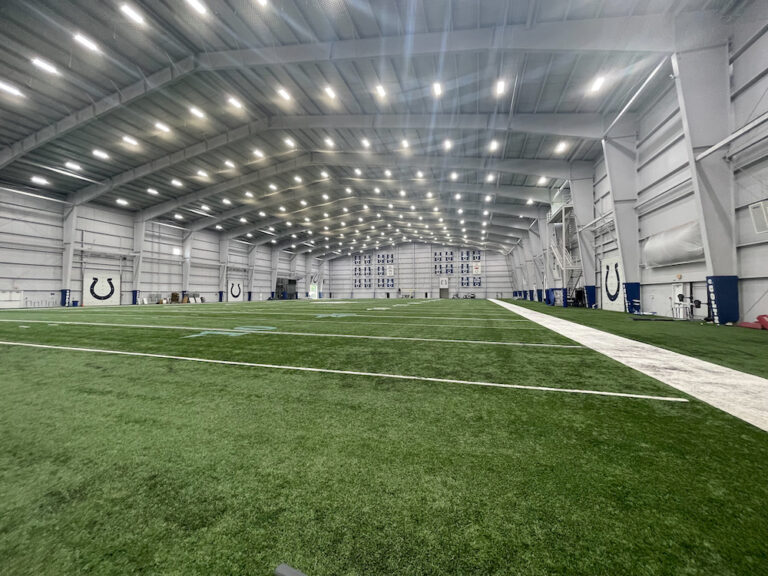
We Always Deliver
Consistently exceeding expectations on over 500 projects.
Completed Projects
500+
We’ll help lower your electrical usage, eliminate your lighting maintenance, and make your building feel brand new, all while producing a rapid return on investment.
Reduce Costs
75%
We are committed to offering our clients simple, energy-efficient lighting solutions. With LED Indy, save up to 75% on lighting bills.
Industries We Serve
We’ve worked with a multitude of different industries including: Education facilities, industrial complexes, offices and retail spaces, multi-family residential areas, and more.
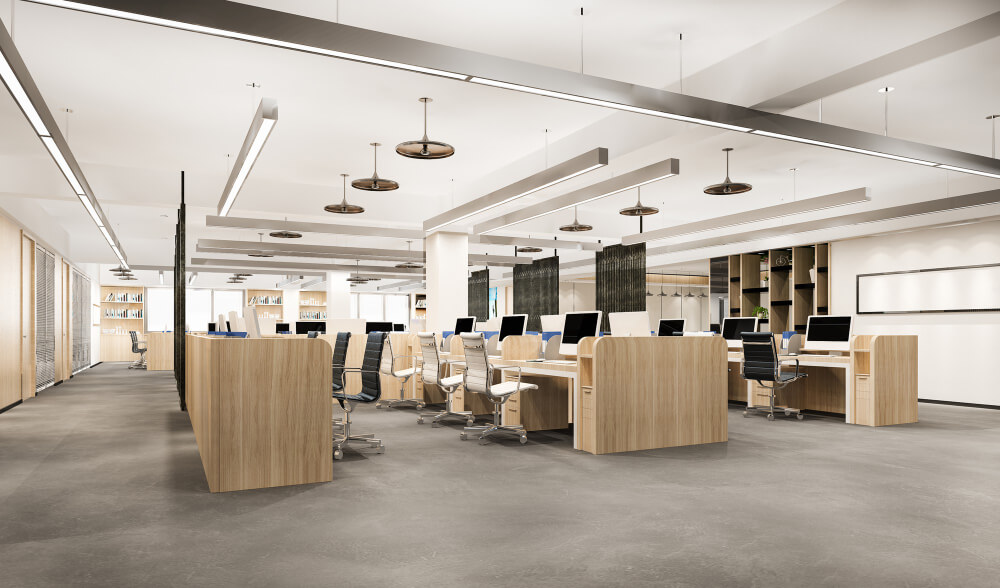
Office/Retail
Lighting plays a massive role in creating an ideal environment for your customers or employees.
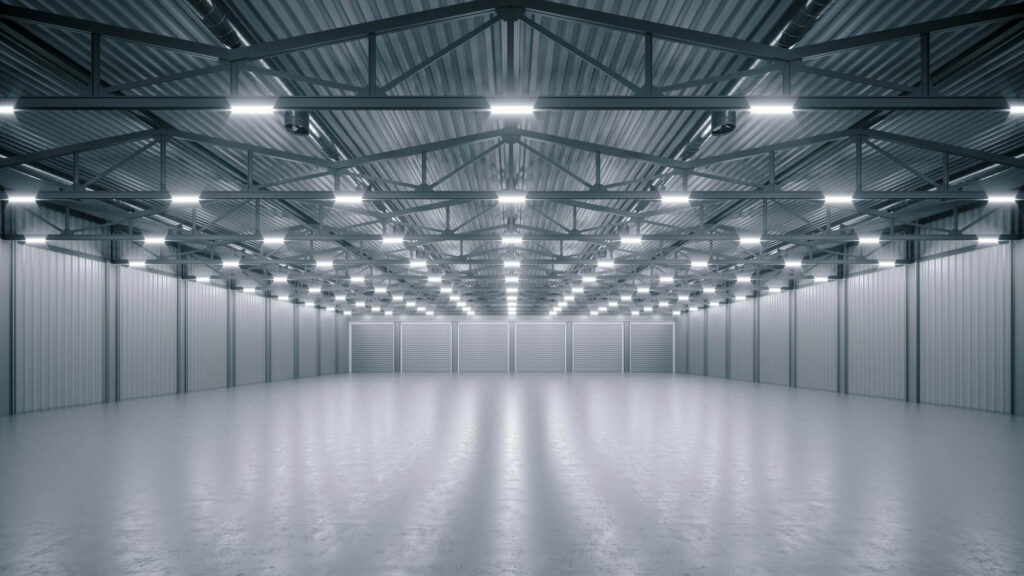
Industrial/Manufacturing & Logistics
A quality industrial lighting solution can provide major savings for your company.

Multi-Family/Hospitality
Did you know that upgrading your lighting can have a major impact on your branding and marketing?
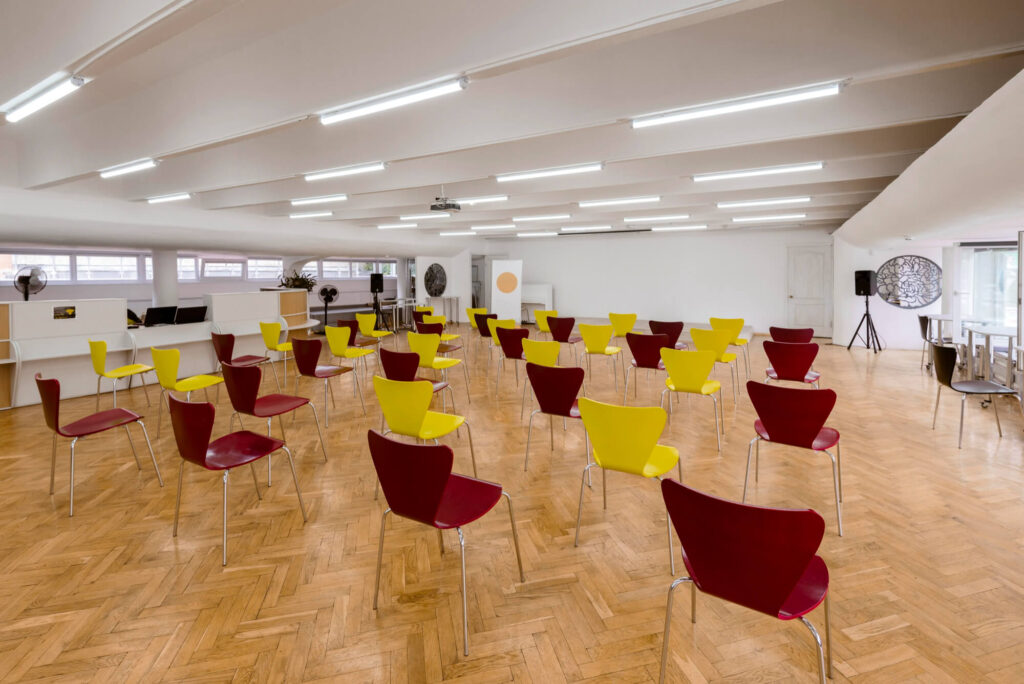
Education
We help teachers and educators create the ideal atmosphere for growth and development with high quality lighting solutions.
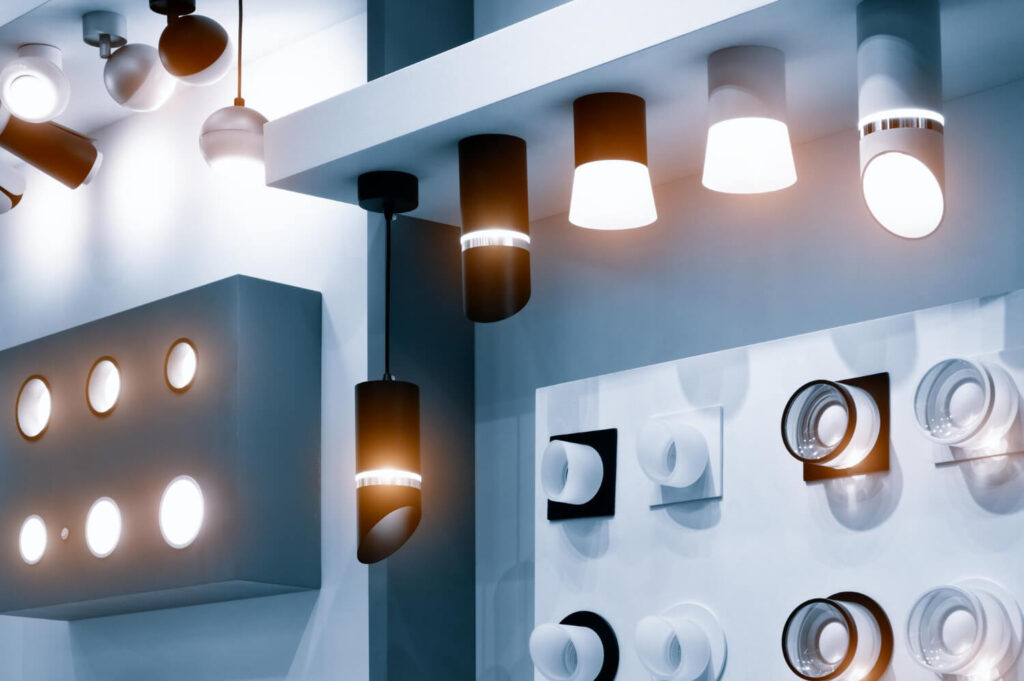
ESCO Services
Our mission is to be the driving force behind the success of energy service companies (ESCOs), ensuring not just efficiency, but also delighted customers.
What Our Customers Say
Latest Projects
Discover our portfolio of meticulously crafted projects, blending cutting-edge technology and visionary design to illuminate spaces with brilliance and creativity.
Colts Practice Facility
The Colts hired LED Indy to help make their practice facility more like what the players would experience during game time.
- February 2021
- 7001 W 56th St, Indianapolis, IN 46254

NIFS
Massive Energy Savings Project, No Maintence Lead to Even Bigger Savings.
- February 2021
- 250 University Blvd, Indianapolis, IN 46202
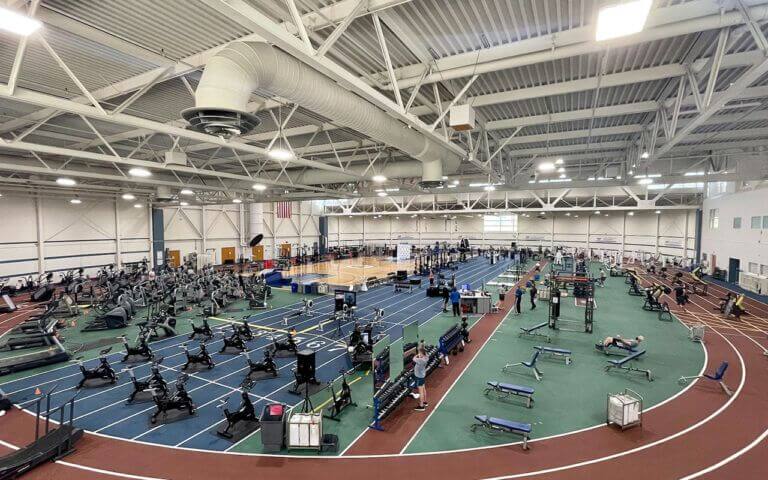
Vigo County Aquatic Center
An interior & exterior conversion to LED that produced over $7,000 in savings the first month!
- February 2021
- 2230 Prairieton Rd, Terre Haute, IN 47802
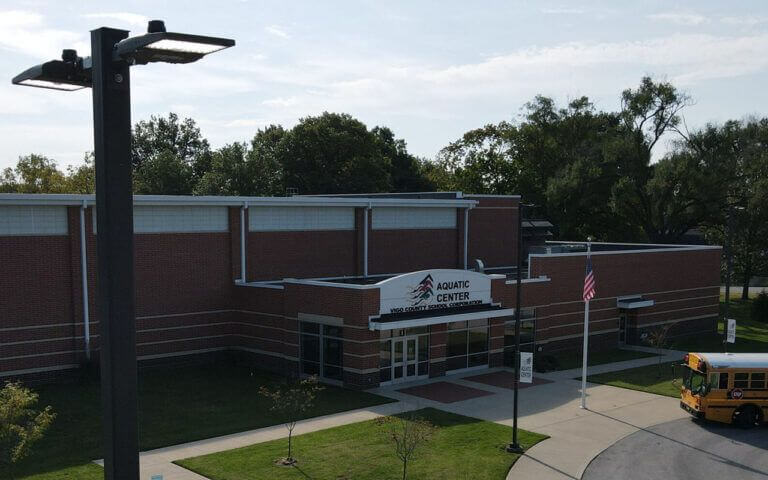
Sullivan Hardware
The color and consistency on the inside of the store made a huge difference in the shopping environment.
- February 2021
- 6955 N Keystone Ave, Indianapolis, IN
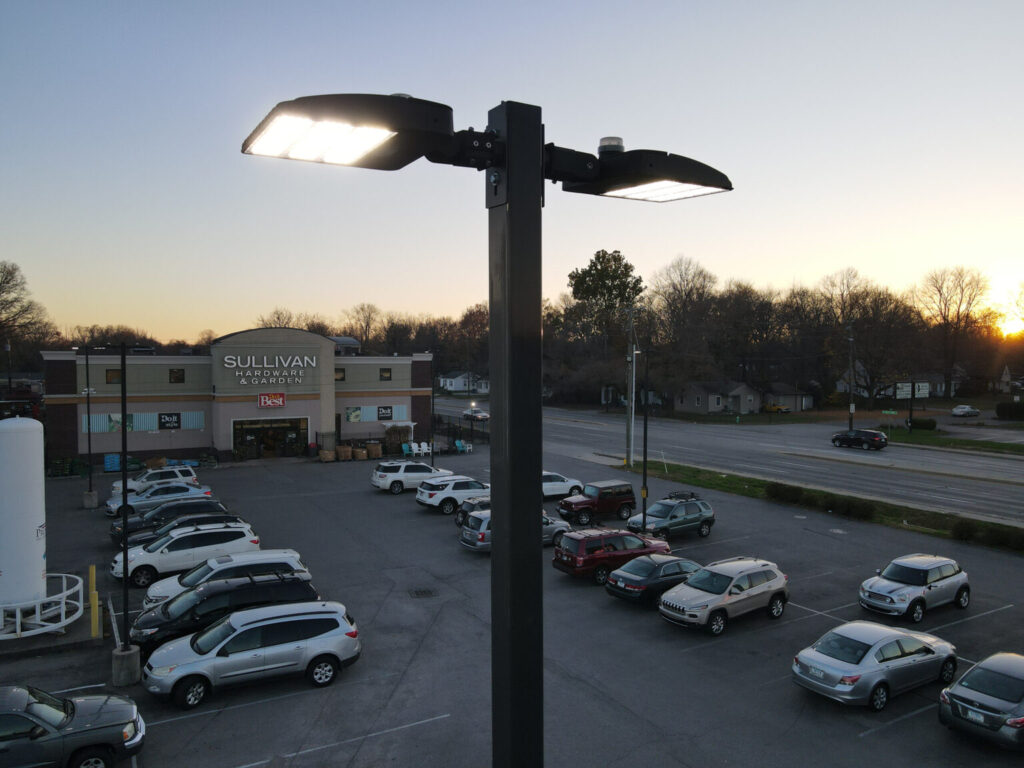
Sullivan Hardware
The color and consistency on the inside of the store made a huge difference in the shopping environment.
- February 2021
- 6955 N Keystone Ave, Indianapolis, IN

Edgewater Apartments
Total Lighting Upgrade Moves Property from Level C to Level B+.
- February 2021
- 6955 N Keystone Ave Indianapolis, IN
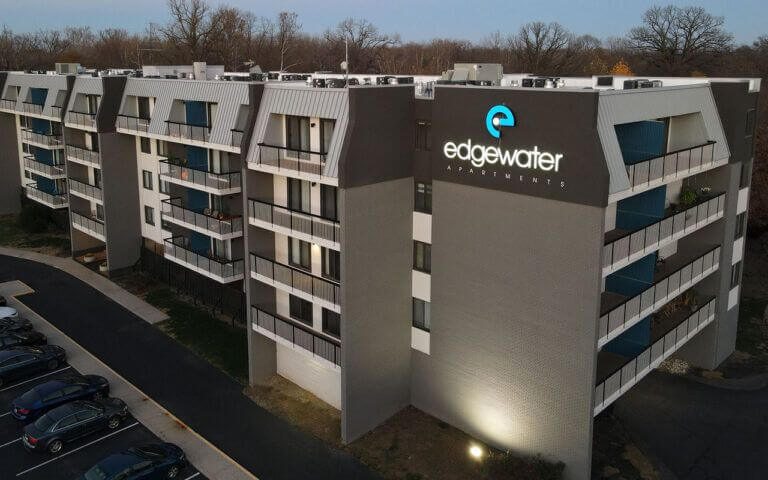
Lakeshore Apartments
Multi-phase lighting project that upgraded a flagship property for one of our best clients, including lighting and controls for occupancy and daylight harvesting to maximize ROI.
- February 2021
- 8210 Lakeshore Trail E Dr, Indianapolis, IN 46250
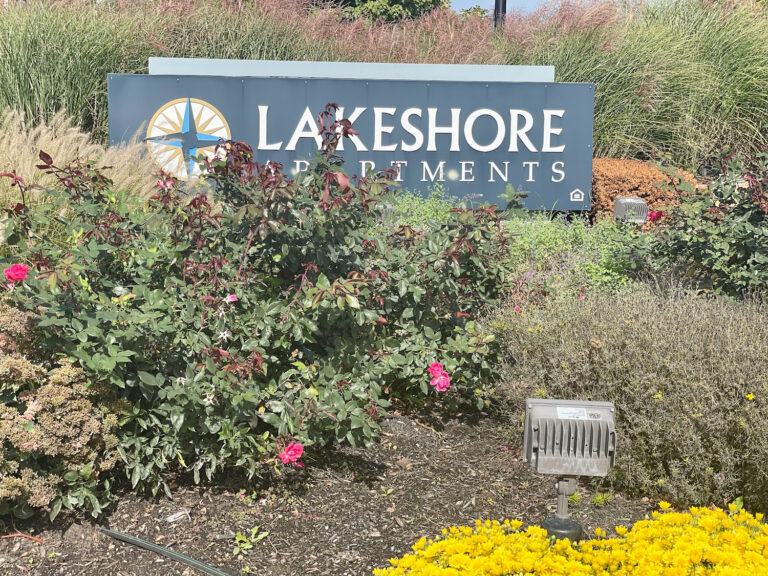
Langham Logistics
LED Indy helped a leading WBE client refit its warehouse with high-quality LED lighting.
- February 2022
- 5335 West 74th Street Indianapolis, IN 46268
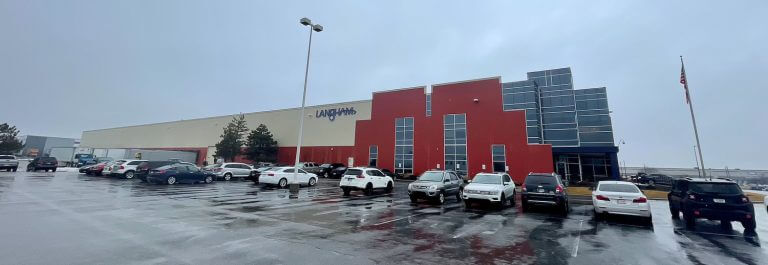
AMACO Brent
Better light in the office AND in the warehouse. No. More. Shadows!
- March 2022
- 6060 Guion Rd, Indianapolis, IN 46254
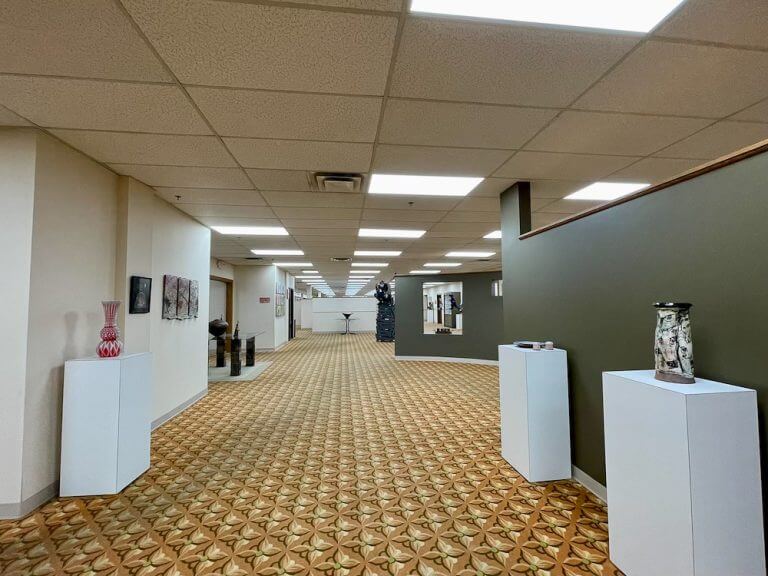
Frequently Asked Questions
Can’t find yours? Contact our team and we’ll respond with an answer as soon as we can.
We follow-up and follow-through. Our team manages the LED rebate application process on your behalf, so you won’t miss out on any savings. Plus, our warranties help ensure you have a great experience with us even long after your installation is complete. We’re always just a phone call or email away.
Still have questions? Get in touch with us.
We’re Here to Help
Our experienced electrical contractors have the skills you need.


